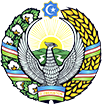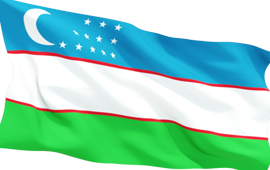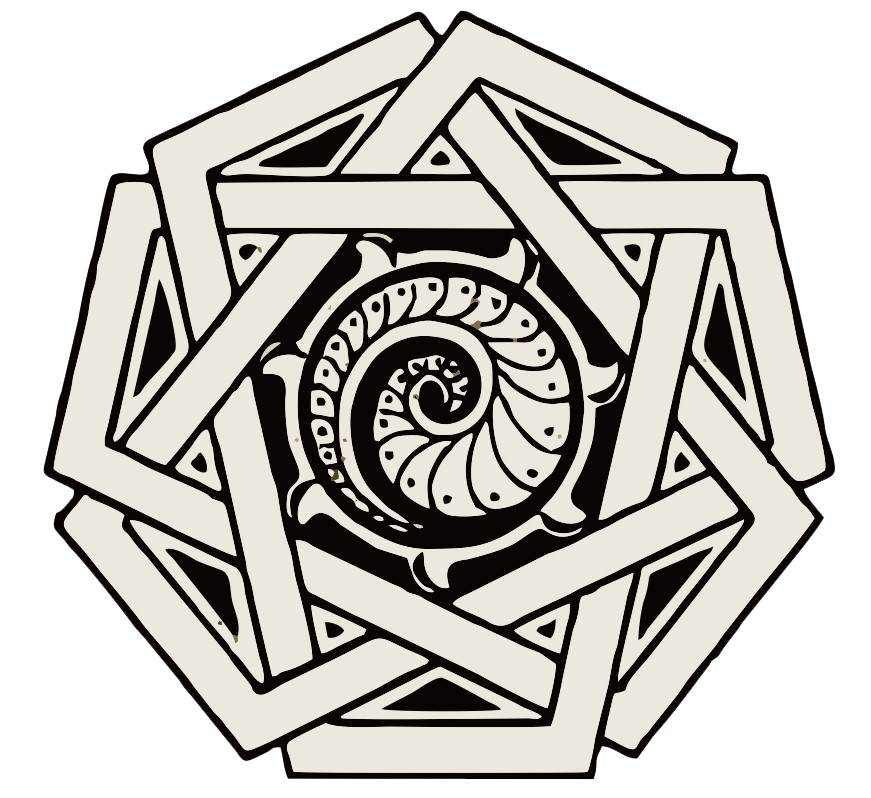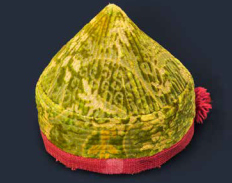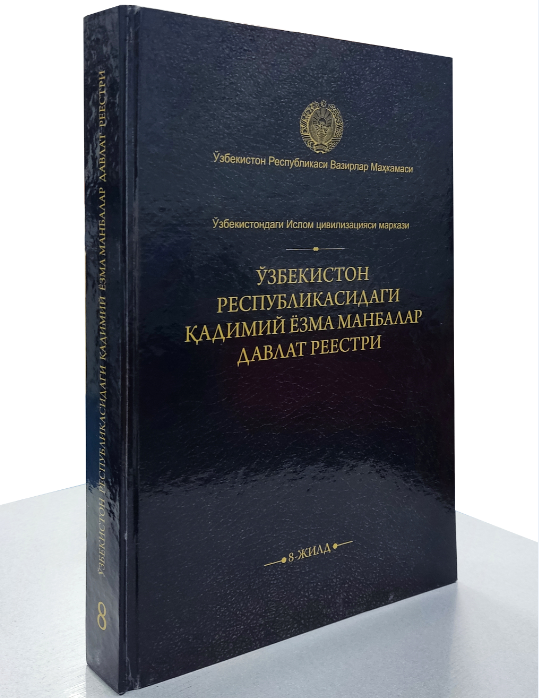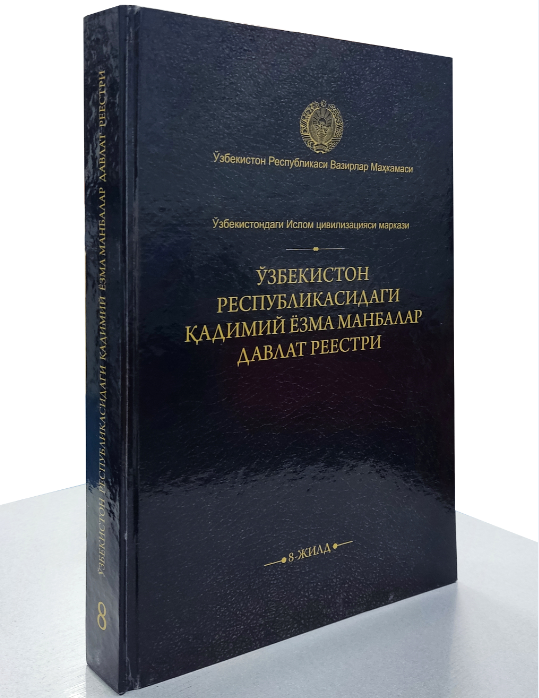With the help of the high level of Khiva khanate dress culture, of course, we can learn from the centuries-old customs and traditions related to the culture of dress, which were sewn and worn separately for all ages. In the culture of dress of the Khiva khanate,decoration of the fabric differs from each other depending on a person’s gender, age, position in society, the color, shape, and in this case, a special approach to children’s clothing aesthetics was not exception. Of course, Clothes were sewn in various shapes according to each age, season, and growth of the children. In the first days of the child’s life, with the intention of prolonging the baby’s life, a diaper was made from the shirts worn by the oldest grandmother of the family. As soon as the baby was seven days old, small kurtacha was sewn from mother’s old shirt, with a soft, soft, tiny seam so that the seamed would not sink into the baby’s body. The monolithic dresses were worn until the baby’s 40-day chill period ended, hence the name «chilla shirt.» When the chilla was over, the child was dressed in an openshouldered, long, monolithic dress with one side shoulder or front. For the cold seasons, a separate thickened «jubba» was sewn with cotton or sheep’s and camel’shair. The length of the dresses was long enough to cover the child’s leg. The children’s shirts were decorated with colorful fabric ribbons or tassels, symbolizing a bright and long life. When sewing children’s clothes, the collars were not sewn so that they did not sink around the child’s neck, and if sewn, they were not tightened.The children wore soft hats sewn by local craftsmen or their mothers. When children sew hats, they were from different brightly colored fabric ties. The hats were decorated with necklaces, tassels woven from silk threads. By the time the child was 7 years old, the clothing styles were sewn in the same stitching as the adult clothingstyle. Since walking without a hat was considered impolite among the people of Khorezm, children had been taught this etiquette since childhood. The headdress, i.e. the tahya, was distinguished by the color and decoration of the ball for boys and girls. Children’s jewelry deserved special attention. When the girls were 9-12 years old, the back of the tahya, which was sewn for the holiday, was decorated with a hanging amulet of jewelry made by skilled jewelers. Boys’ clothing was also decorated with accessories and jewelry, such as belts, beltbone can be example. As the natural conditions of Khorezm required the extensive use of animal wool and skin, hats and coats were mostly made of leather and wool. Fur hats for boys were compactly sewn. The outer garments were widened at the hem, the tops were sewn in a single pattern, and some patterns were pleated with a small crease. Children’s shoes were made of soft leather or thick, durable fabric «adik» (ethics), which was convenient for movement, as well as socks made of wool.
